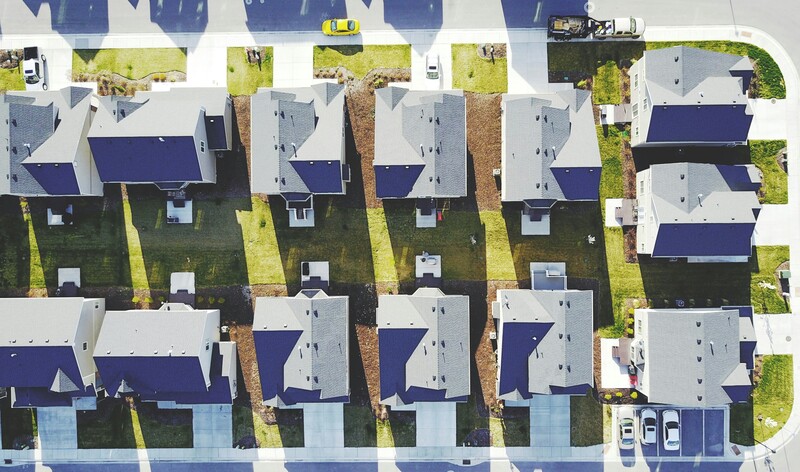We have a recommendation for a special advisor on the Canadian housing crisis: the Count from Sesame Street.
Driving the news: The widely cited estimate that Canada will need 3.5 million extra housing units by 2030 to achieve housing affordability could be short by as much as 1.5 million, per a new report from CIBC economist Benjamin Tal, due to underestimated population growth.
- The Canada Mortgage and Housing Corporation based its projections on a base population of 38.9 million, which was ~1.2 million short of the actual population.
Why it’s happening: Like a kindergartener bombing a math worksheet, this mishap stems from an inability to count high enough. As CIBC found last year, the federal government failed to account for roughly a million non-permanent residents (NPRs) in the 2021 census.
- StatCan revised the way it counts NPRs in response. This year, it found that the number of NPRs grew by over 500,000 in 2023, the highest increase on record.
Why it matters: Trying to build enough homes is already virtually impossible, given issues like labour shortages, restrictive zoning laws, and lack of motivation for developers. It will be literally impossible if the country doesn’t even know how many homes it needs to build.
- As it is, Canada is nowhere near on track to meeting its goal. In fact, the number of new building permits dropped to the lowest level in over three years in December.
Yes, but: Optimism still exists. In a new Toronto Star report on housing solutions, experts in politics, industry, and advocacy all believed the city with perhaps the biggest housing woes could tackle its problems. Why? Because the human cost of not fixing them is simply too high.—QH
